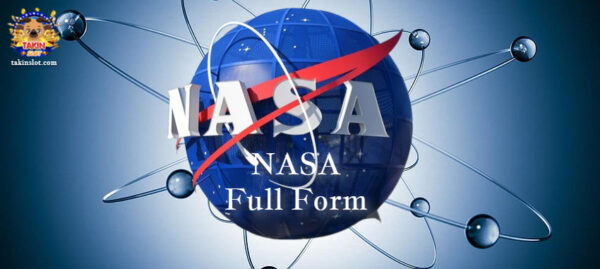Introduction to NASA
NASA Full Form: NASA, the National Aeronautics and Space Administration, stands as the preeminent agency in the United States dedicated to space exploration and aeronautics research. Since its inception in 1958, NASA has spearheaded numerous groundbreaking missions, including manned lunar landings, interplanetary exploration, and the establishment of the International Space Station (ISS).
Historical Background: NASA Full Form
In response to the Space Race between the United States and the Soviet Union, NASA was established by the United States Congress in October 1958. The inaugural mission, Explorer 1, launched in January 1958, marked the beginning of NASA’s journey into space exploration.
International Collaboration and the ISS
In 1969, amidst Cold War tensions, the United States and the Soviet Union joined forces to construct the International Space Station (ISS). Over the past 16 years, (NASA Full Form) the ISS has served as a pivotal platform for scientific research, with NASA playing a prominent role in its utilization and operation.
Mission and Objectives: NASA Full Form
NASA’s mission encompasses the exploration of space, understanding Earth, and safeguarding life on our planet. Ground-based research, spacecraft missions, international partnerships, and educational initiatives all contribute to achieving this overarching objective. The agency’s focus areas include space science, planetary science, and aeronautics and space sciences.
Goals and Objectives
NASA’s primary goal is to advance scientific and human knowledge, promoting innovation in aeronautics and space technology. By fostering international cooperation, ensuring national security, and maintaining leadership in space exploration, NASA endeavors to shape the future of space exploration and research.
Current Projects: NASA Full Form
One of NASA’s ongoing endeavors is the Spitzer Space Telescope, an infrared observatory designed to study warm objects in the universe. Launched in 2003, the Spitzer Telescope collects data on infrared radiation, providing valuable insights into celestial phenomena.
Conclusion
As a government agency, NASA (NASA Full Form) holds a pivotal role in advancing humanity’s understanding of the cosmos and enhancing technological capabilities in space exploration. Through its pioneering missions and scientific achievements, NASA continues to inspire and captivate the world with its endeavors beyond Earth’s atmosphere.
FAQs about NASA Full Form
What is NASA and its significance?
NASA, the National Aeronautics and Space Administration, is the foremost agency in the United States dedicated to space exploration and aeronautics research. Established in 1958, NASA has played a pivotal role in advancing scientific knowledge, conducting groundbreaking missions, and fostering international collaboration in space endeavors.
What are NASA’s primary goals and objectives?
NASA’s primary goals revolve around advancing scientific and human knowledge, promoting innovation in aeronautics and space technology, and fostering international cooperation. The agency strives to explore space, understand Earth, and protect life on our planet through ground-based research, spacecraft missions, and educational initiatives.
What are some notable achievements of NASA?
NASA has achieved numerous milestones throughout its history, including manned lunar landings, interplanetary exploration, and the construction of the International Space Station (ISS). Notable achievements also include launching satellites, space probes to Mars, and inventing groundbreaking technologies for space exploration.
What is the significance of the International Space Station (ISS)?
The ISS serves as a crucial platform for scientific research, international collaboration, and technological advancements in space exploration. Built through cooperation between the United States, Russia, and other nations, the ISS has facilitated experiments in various fields, including biology, physics, and materials science, contributing to our understanding of living and working in space.
What are some of NASA’s current projects?
Among NASA’s ongoing projects is the Spitzer Space Telescope, an infrared observatory designed to study celestial objects emitting infrared radiation. Launched in 2003, the Spitzer Telescope continues to provide valuable insights into the universe’s warm objects, enhancing our understanding of cosmic phenomena and planetary systems.




